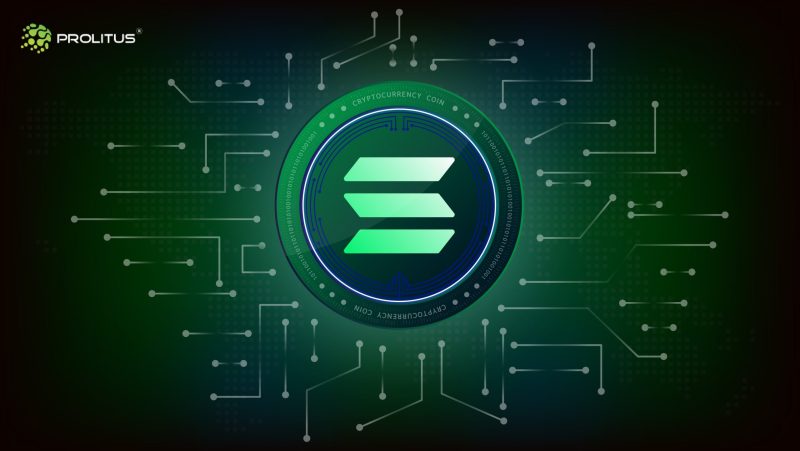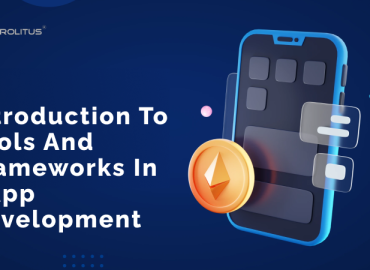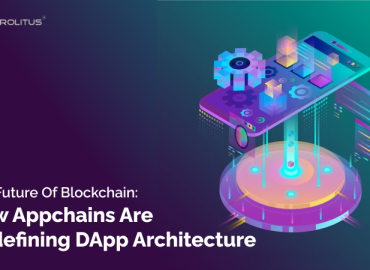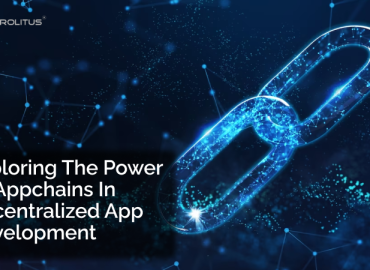The Solana network is becoming increasingly popular among those interested in decentralized finance (DeFi). It has become the fastest blockchain in the world, with thousands of projects spanning DeFi, NFTs, Web3, and more.
The outstanding capabilities of the blockchain have attracted numerous developers. It stands tall among its competitors by enabling scalable, user-friendly apps worldwide. Let’s take a deeper look.
Is Solana Decentralized?
Solana, which was founded in 2017 by Anatoly Yakovenko and Raj Gokal, was meant to overcome the throughput restrictions of mainstream blockchains while keeping lower transaction costs. Solana is an open-source Layer 1 blockchain with smart contract capabilities.
Because SOL holders would get voting rights in Solana’s development process, the governance program could result in SOL holders holding more power in the ecosystem. Solana does contain decentralization characteristics, but it appears to be more centralized than its main competitor, Ethereum.
Building Dapp on Solana
It is one of the most user-friendly blockchains and is simple to program. The best aspect about starting work on the Solana ecosystem is that no prior smart contracts or Rust experience are required. Let’s go over the steps for creating a Dapp on Solana:
Set up Rust, Yarn, Solana, and Anchor, then install the programming language (Rust) that is used to create Solana smart contracts. The following step is to install node.js and yarn. This is essential for the Anchor programs to work. Install the Anchor, a protocol that aids in the development of programs on the Solana platform. Because Solana is already configured to operate on the mainnet, you can set up Project and Configure Solana CLI Utility to use the devnet. Create the Rust program. Anchor’s Solana UpdateCreate a new fantastic application at the root of the Anchor project and override the previous application directory. To administer the Solana wallet, install the Solana wallet adaptor. Switch the wallet to an appropriate network before communicating with the software on the local host network. Deploy your Dapp and import the modified IDL into the front end.
Solana Dapp Features
We have some of Solana’s features ahead:
-
Proof-of-History
Solana Dapps use the proof-of-history consensus mechanism to create a safe and cryptographic time source across the network. This consensus approach solves the issue of relying on timestamps on messages received from other nodes in a dispersed network.
PoH is a high-frequency Verifiable Delay Function, commonly known as a VDF, that allows nodes to generate blocks in continuation without first aligning themselves with the entire network.
-
Turbine-block propagation protocol
Turbine, Solana’s block propagation technology, is used to transfer blocks and is independent of the consensus mechanism. During transmission, it breaks the block into little packets, simplifying the data exchange between the nodes.
-
Gulf Stream
Solana Dapps operate on the Gulf Stream mechanism, which has a minimal delay and a negligible mempool status. Solana pushes transaction caching and forwarding to the network’s outskirts.
Gulf Stream contributes to reducing the overall number of transactions in the mempool section. It enables the validators to execute transactions instantaneously, lowering the overall time the Dapp is operational.
-
Pipeline
On Solana, the pipeline is a transaction processing unit for validation and optimization. It is a CPU architecture improvement in which validation occurs quickly amongst multiple nodes.
-
Sealevel
Sealevel is another different Solana blockchain technology that incorporates the concurrent operation of Solana Programs or Solana smart contracts. In the instance of Dapps, employing the Sealevel approach to simultaneously trigger Solana smart contracts boosts the total speed and validation of the Dapp procedures carried out by the smart contracts.
Solana Dapps
-
Raydium
Raydium is the Solana-based non-custodial DEX. Raydium allows users to trade with other people swiftly, cheaply, and privately. It also provides high-liquidity project launches and a range of capabilities that support the evolution of DeFi.
-
Marinade Finance
Marinade Finance is redefining the high-stakes game of staking by enabling Solana token holders to receive staking rewards without tying in their funds.
-
Solend
On the world’s first open financial rail, Solend offers algorithmic lending and borrowing. Solend’s protocol makes it possible for individuals and institutions to lend various assets with minimal to no friction.
-
Saber
On the world’s first open financial rail, Solend offers algorithmic lending and borrowing. Solend’s protocol makes it possible for individuals and institutions to lend various assets with minimal to no friction.
-
Larix
Larix is an open-source digital financial system that allows you to create, issue, and trade digital assets. Larix provides a financial market for digital assets on top of the Metaverse blockchain. It allows developers to design their own tokens that may be traded securely, automatically, and transparently.
How Prolitus can help build Dapp on the Solana blockchain:
The world is recognizing the potential of Solana and Prolitus can make sure your transactions are faster by utilizing the power of custom Dapps and increasing participation. Prolitus offers full-cycle services that can create a lineup of Solana-based apps and also assist in increasing community growth.
Unlike the usual developers, Prolitus offers extensive expertise through both level 1 & level 2 blockchains along with high-level scalability. We can cater to your needs and build customized Solana-based apps.
Final Thoughts
Solana is one of the “Ethereum Killers” cryptocurrencies that have significantly decreased transaction processing times. The blockchain offers world-class facilities to developers to build DApps with transaction costs as low as $0.00025. However, the network has been chastised for being overly centralized. It depends on the Solana blockchain on how it can re-energize its efforts to improve its network.
FAQs
Who founded Solana, and where is it headquartered?
Solana was created in 2017 by Anatoly Yakovenko and is headquartered in San Francisco, California, with employees from the United States, France, Nigeria, and Mexico.
What exactly is Solana's mission?
Solana's objective is to democratize the world's financial institutions by supporting all high-growth and high-frequency blockchain applications.
What exactly is the Solana Foundation?
The Solana Foundation is dedicated to making the Solana network the most decentralized and censorship-resistant blockchain in the world.





